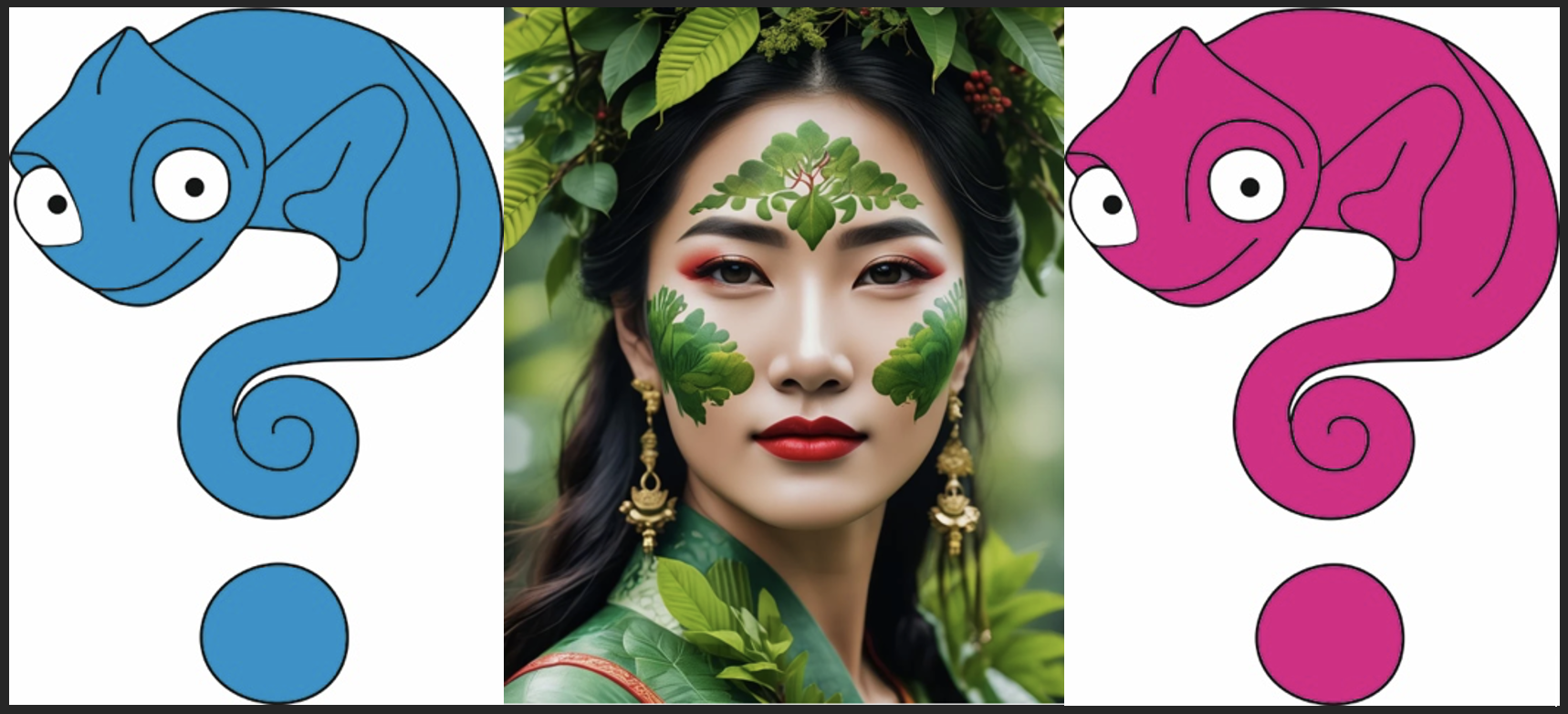Myth 6: "We Can Outsmart Mother Nature"

The Delusion of Artificial Supremacy in Chameleon Husbandry
Across disciplines, but especially in chameleon husbandry, a dangerous arrogance persists: the belief that artificial conditions can surpass the evolutionary intelligence of nature. The argument—"Captivity is different, so we can do better"—is not just flawed. It is insane. Millions of years of adaptive refinement are dismissed in favor of human convenience, ignorance, and hubris. Below are nine examples of this myth in action, each a case study in how defying nature leads to suffering, disease, and death.
1. Feeding Them the Wrong Way
In captivity, chameleons are often fed what is available, not what is biologically appropriate. Wild diets are diverse, seasonal, and behaviorally integrated—yet we offer waxworms, mealworms, or oversized roaches devoid of micronutrient balance. Worse, we omit critical prey types they evolved to consume. The result? Metabolic bone disease (MBD), organ failure, and neurological decline. Feeding is not just caloric—it is ecological. To ignore the evolutionary blueprint of their digestive physiology is to engineer disease. Nature does not forgive nutritional improvisation.
2. Inadequate UVB Exposure
UVB is not optional—it is a non-negotiable biochemical trigger for calcium metabolism, immune function, and behavioral regulation. In the wild, chameleons bask strategically, modulating exposure across microclimates. In captivity, UVB is often weak, intermittent, or absent. The result is hypocalcemia, skeletal deformities, lethargy, and early death. No supplement can replace the photobiological cascade initiated by natural UVB. To deny them this light is to sever their link to the sun—their primary endocrine regulator.
3. Squeezing Them into Tiny Cages
Chameleons evolved in three-dimensional, thermally stratified environments with complex foliage, airflow, and escape routes. Yet we confine them to boxes measured in single-digit cubic feet, often with stagnant air and no gradients. This is not containment—it is suffocation. The result is chronic stress, immune suppression, and behavioral collapse. A cage is not a habitat. It is a prison unless designed to mimic the biome they evolved in. Spatial compression is anatomical cruelty.
4. Omitting Supplementation
Even with ideal feeding and lighting, captive conditions lack the ecological variability of the wild. Soil mineral content, prey diversity, and seasonal shifts cannot be replicated. Supplementation—calcium, D3, trace minerals, bee pollen—is essential. Yet many omit it entirely or apply it randomly. The result is systemic deficiency, organ failure, and irreversible damage. Supplements are not enhancements—they are compensations for what captivity strips away. To omit them is to gamble with life.
5. Overfeeding with Oversized, Nutritious Prey
In nature, prey is elusive, seasonal, and often low in caloric density. In captivity, we offer superworms, hornworms, and dubia roaches in excess. The result is obesity, fatty liver disease, gout, and shortened lifespan. Overfeeding is not kindness—it is metabolic sabotage. Chameleons are not designed for constant abundance. Their physiology expects scarcity, movement, and selective foraging. To flood them with calories is to accelerate their decline.
6. Exposure to Domestic Pets
Cats, dogs, and birds are predators. Their presence triggers evolutionary fear responses in chameleons. Yet many keepers allow direct or ambient exposure, believing their pets are "gentle." The result is chronic stress, immune collapse, and behavioral withdrawal. Stress hormones suppress digestion, healing, and reproduction. A chameleon exposed to a predator—even passively—is living in terror. This is not enrichment. It is psychological torture.
7. Handling and "Play" Outside the Cage
Chameleons are not social mammals. They do not seek touch, play, or interaction. Yet many owners remove them for handling, selfies, or "bonding." The result is stress-induced illness, escape behavior, and premature death. Handling disrupts thermoregulation, hydration, and behavioral cycles. It is not affection—it is assault. Respect begins with restraint. To love a chameleon is to leave it alone.
8. Overheating and Denial of Nocturnal Cooling
In the wild, chameleons experience dramatic temperature drops at night—often below 15°C. This cooling is essential for metabolic reset, hormonal balance, and longevity. In captivity, many keepers maintain high ambient temperatures 24/7. The result is accelerated metabolism, insomnia, rapid aging, and death. Heat is not life—it is speed. Without nightly cooling, chameleons burn through their lifespan like a candle in a furnace.
9. Ignoring Nocturnal Fog and Hydration
Montane and rainforest species rely on nightly fog for hydration, thermoregulation, and respiratory health. Fog triggers drinking behavior and maintains mucosal integrity. Yet many setups omit it entirely. The result is dehydration, kidney failure, and respiratory distress. Fog is not decoration—it is survival. Without it, the biome collapses. Artificial misting schedules cannot replicate the ecological rhythm of fog at low temperatures. This is not optional—it is ancestral.
Conclusion: The Arrogance of Artificiality
We mistreat chameleons not out of malice, but out of ignorance and arrogance. We force them to conform to our assumptions, our schedules, our aesthetics—without understanding their biology. The result is suffering disguised as care.